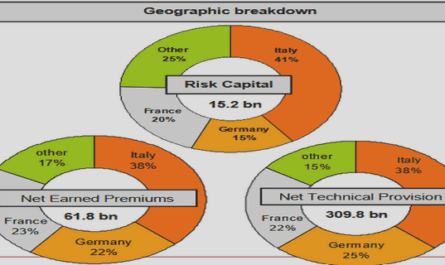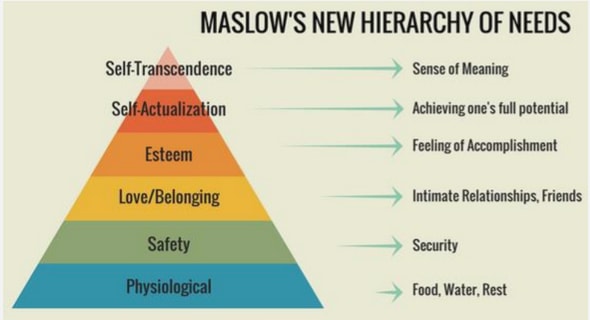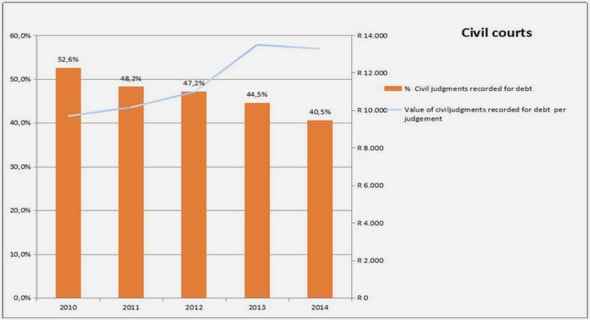Get Complete Project Material File(s) Now! »
INTRODUCTION
The title of this work, ‘Assessing antecedents and consequences of entrepreneurial activities of academics at South African universities’ may evoke various associations in the minds of different readers. Some may envision academic entrepreneurship and think of it as an oxymoron, others as a higher education axiom. Some may picture ‘entrepreneur’ and ‘entrepreneurial’ within this rhetoric and see these as either the marketisation of academia, or a driving force for innovation, growth and prosperity. In view of such perceptions, in what way should the title of this research actually be interpreted?
In an attempt to answer this question a number of illustrative real-life scenarios are given here.
Johannesburg, 06:30 in the morning on a cold autumn day. People are on their way to work. Cars hooting, a broad mix of music ranging from Kwaito to Boeremusiek booms out from car and taxi radios. The banter of street life rises with the sun every morning, with hundreds of citizens going about their busy daily lives.
Outside their office two colleagues enjoy a cup of coffee and chat about their weekend. Sibensile tells Marietta about the fantastic time she had at her gogo’s (grandmother) place in the country. Among other things, she explains how she was able to stream educational videos for her cousins on her cellphone using the free Tuluntulu app, even though they were in a low bandwidth area. The Tuluntulu platform, Adaptive Real-Time Internet Streaming Technology (ARTIST), makes constant video streaming possible using algorithms to adjust the quality to the available bandwidth. The technology was developed by a group of researchers at the University of Cape Town, working in a consortium with developers from the Council for Scientific and Industrial Research (CSIR) and marketing experts from East Coast Access (University of Cape Town, 2014a; Tuluntulu, 2014).
While Sibensile and Marietta are absorbed in conversation, an ambulance speeds by. Inside is a patient who has lost most of his elbow in a car accident. Under normal circumstances amputation would be considered, but because of a new procedure that uses a selective laser melting technique, developed by researchers at the Central University of Technology in cooperation with industry and government, an implant produced directly from titanium alloys can be machined within a short period of time. The patient can hope to regain approximately 90% of the use of the injured arm within two months of the operation (Council on Higher Education, 2010:107; Campbell, De Beer & Pei, 2011:158).
1. CHAPTER 1 ORIENTATION AND BACKGROUND
1.1 INTRODUCTION
1.2 PROBLEM STATEMENT
1.3 PURPOSE OF THIS STUDY .
1.4 RESEARCH OBJECTIVES
1.5 MAIN THEORETICAL PERSPECTIVES
1.6 THE RESEARCH DESIGN AND METHODOLOGY.
1.7 IMPORTANCE OF STUDY
1.8 DEMARCATION OF CHAPTERS.
1.9 CONCLUSION
2. CHAPTER 2 ACADEMIC ENTREPRENEURSHIP.
2.1 INTRODUCTION.
2.2 HISTORY AND DEFINITIONS OF ENTREPRENEURSHIP.
2.3 ENTREPRENEURSHIP IN THE FIELD OF HIGHER EDUCATION
2.4 ENTREPRENEURIAL ACTIVITIES OF ACADEMICS .
2.5 THEORETICAL FRAMING.
2.6 ANTECEDENTS AND CONSEQUENCES.
2.7 CONCLUSION.
3. CHAPTER 3 ACADEMIC ENTREPRENEURSHIP IN SOUTH AFRICA
3.1 INTRODUCTION.
3.2 SOUTH AFRICA’S NATIONAL SYSTEM OF INNOVATION .
3.3 TRANSFORMATION AT SOUTH AFRICAN UNIVERSITIES.
3.4 CONCLUSION.
4. CHAPTER 4 RESEARCH DESIGN AND METHODOLOGY
4.1 INTRODUCTION
4.2 HYPOTHESES
4.3 RESEARCH METHODOLOGY
4.4 CONCLUSION
5. CHAPTER 5 DATA ANALYSIS AND FINDINGS
5.1 INTRODUCTION.
5.2 DESCRIPTIVE STATISTICS
5.3 GENERALISED LINEAR MODELS.
5.4 CONCLUSION
6 CHAPTER 6 CONCLUSIONS AND RECOMMENDATIONS.
6.1 INTRODUCTION.
6.2 CONCLUSION ON EACH RESEARCH QUESTION TRADITIONAL ACTIVITIES
6.3 IMPLICATIONS FOR RESEARCH
6.4 IMPLICATIONS FOR PRACTICE
6.5 LIMITATIONS OF THE STUDY.
6.6 CONCLUSION.
LIST OF REFERENCES
APPENDIX A QUESTIONNAIRE
APPENDIX B LETTER OF INTRODUCTION AND INFORMED CONSENT
APPENDIX C ODDS RATIOS AND INCIDENT RATE RATIOS


